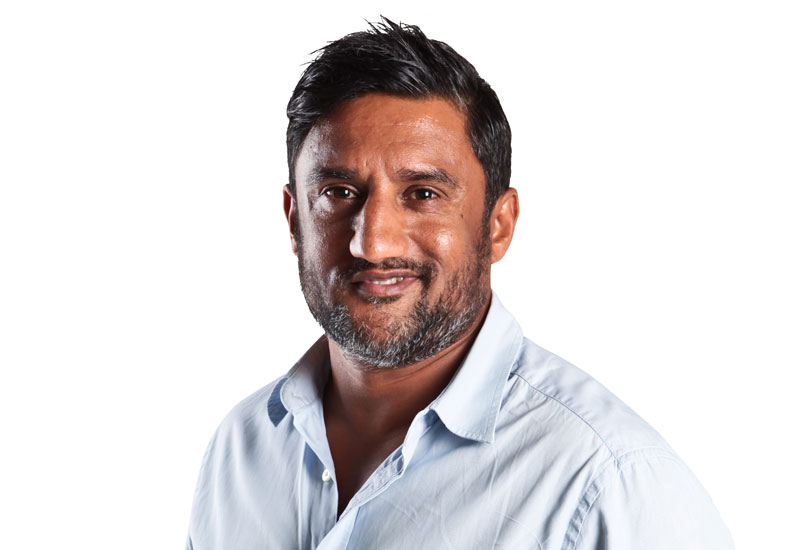Sixty percent of restaurants go under in their first year of operations; and 80% don’t make it past five years.
Restaurants don’t have great prospects and for those that do fail it’s put down to inexperience, bad management, bad customer service, bad book keeping, bad supply chain, bad chef, bad staff, bad location, limited resources for promotion/awareness campaigns, lack of original ideas etc. Okay, that last one we buy — there certainly is an alarming lack of original ideas, but as for the others, are these reasons or are they excuses?
Surely when you are in the initial planning stages of setting up your food outlet all of the above are the basic questions that you should be addressing? Apparently not.

| Advertisement |
Our suspicion is that the common denominators in the closures may be a failure to actually speak to customers before deciding what they want. Failed food businesses realise too late that what they thought the customer wanted and what the customer actually wanted weren’t one and the same.
I’m playing devil’s advocate here but I want to say the reason for this is… ego. Opening a food business so that you can showcase your skills and show your peers how good you are and win awards is treating the customer as a convenience. Similarly, outlets that only exist to create theatre, providing the customer with products it is assumed they want, and passing on to them the high incremental costs that the theatre elements create, is addressing basic, verified, customer needs.
So, how do you avoid this? Well, intensive and adequate market research plays a large role in the planning stages, leave your egos behind and speak to your soon-to-be-customers, find out who frequents your proposed location and how you can serve them rather than assuming you have a great idea and people will love it because you/your chef/your designer does.
This is how we like all concepts to begin life, with teams out in the market, getting to know people, experiencing the competition, thinking about what works, what could be improved and what’s missing. Taking this fundamental information we then start on a customer journey mapping (CJM) process, a system we have developed through years of trial and error, using our specialist industry knowledge and experience.
CJM is used to identify customers’ emotional needs, helping us to develop experiential designs by understanding and tackling the anxieties the customer experiences at each stage of their journey with the brand, resulting in creative, functional and commercially viable solutions.
This process is designed to identify and address real needs, rather than perceived needs, thus creating something that customers can get behind and believe in.
Focusing on the ‘what’ and/or the ‘how’ is putting your own needs ahead of the customers’. Instead, concentrating on the ‘why’ from the beginning means the brand is set up to meet customers’ emotional requirements.
This is by no means a sure-fire guarantee that you stay out of that doomed 60%. Once an outlet is open it needs constant attention and nurturing to ensure it continues to meet customer expectations and emotional needs, but a strong starting point can make all the difference to an owner, chef or designer’s way of thinking about their brand purpose.
Sanjay Murthy is the MD of Figjam, the Dubai-based food & beverage agency. Visit www.figjamco.com









 Search our database of more than 2,700 industry companies
Search our database of more than 2,700 industry companies









